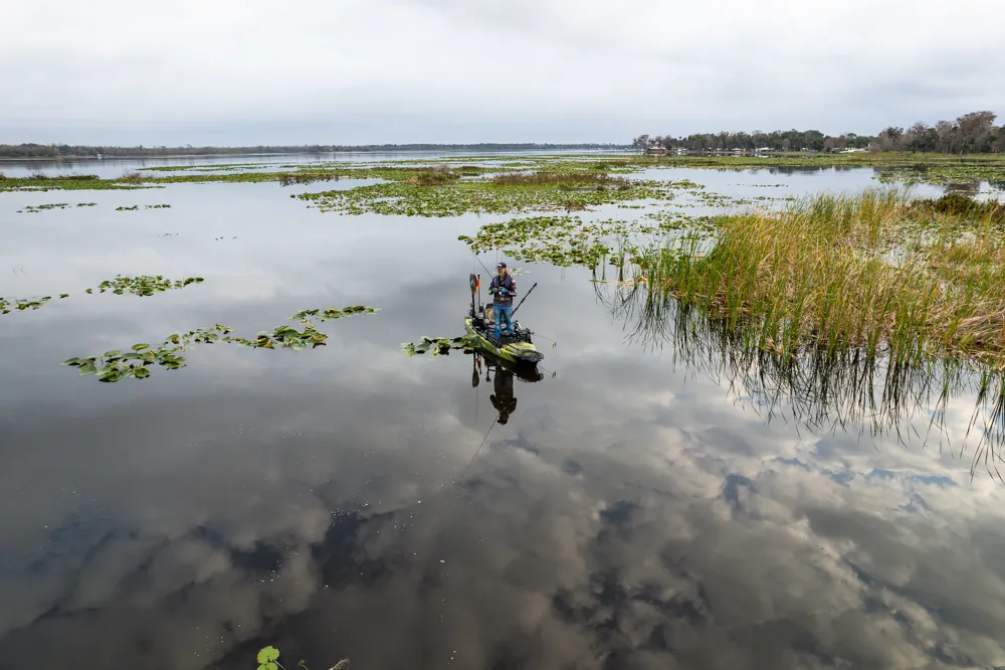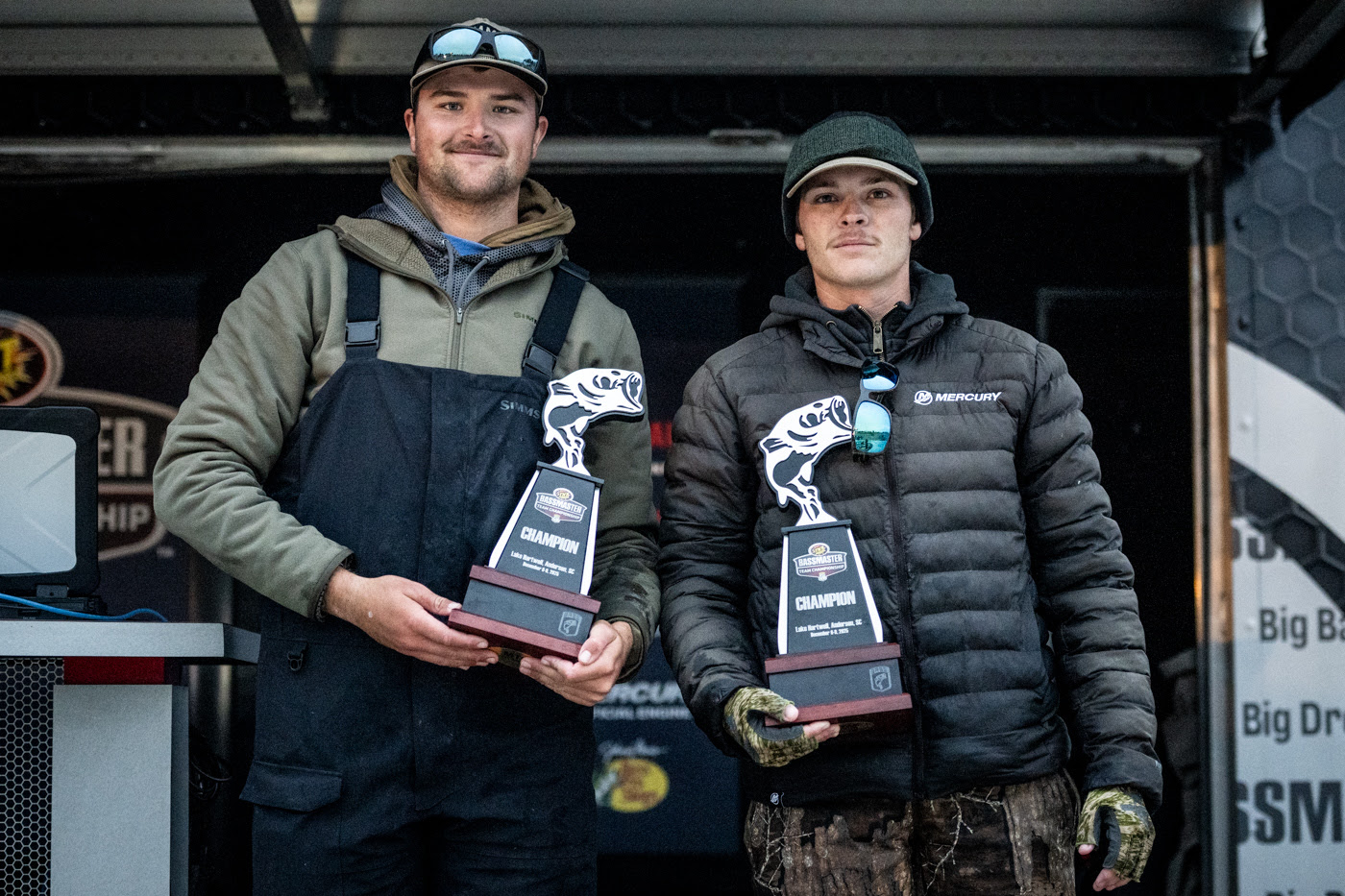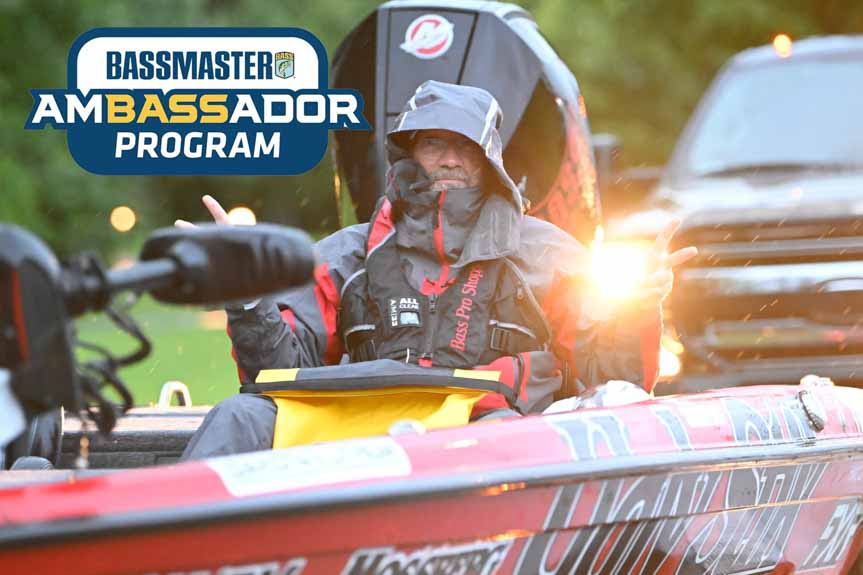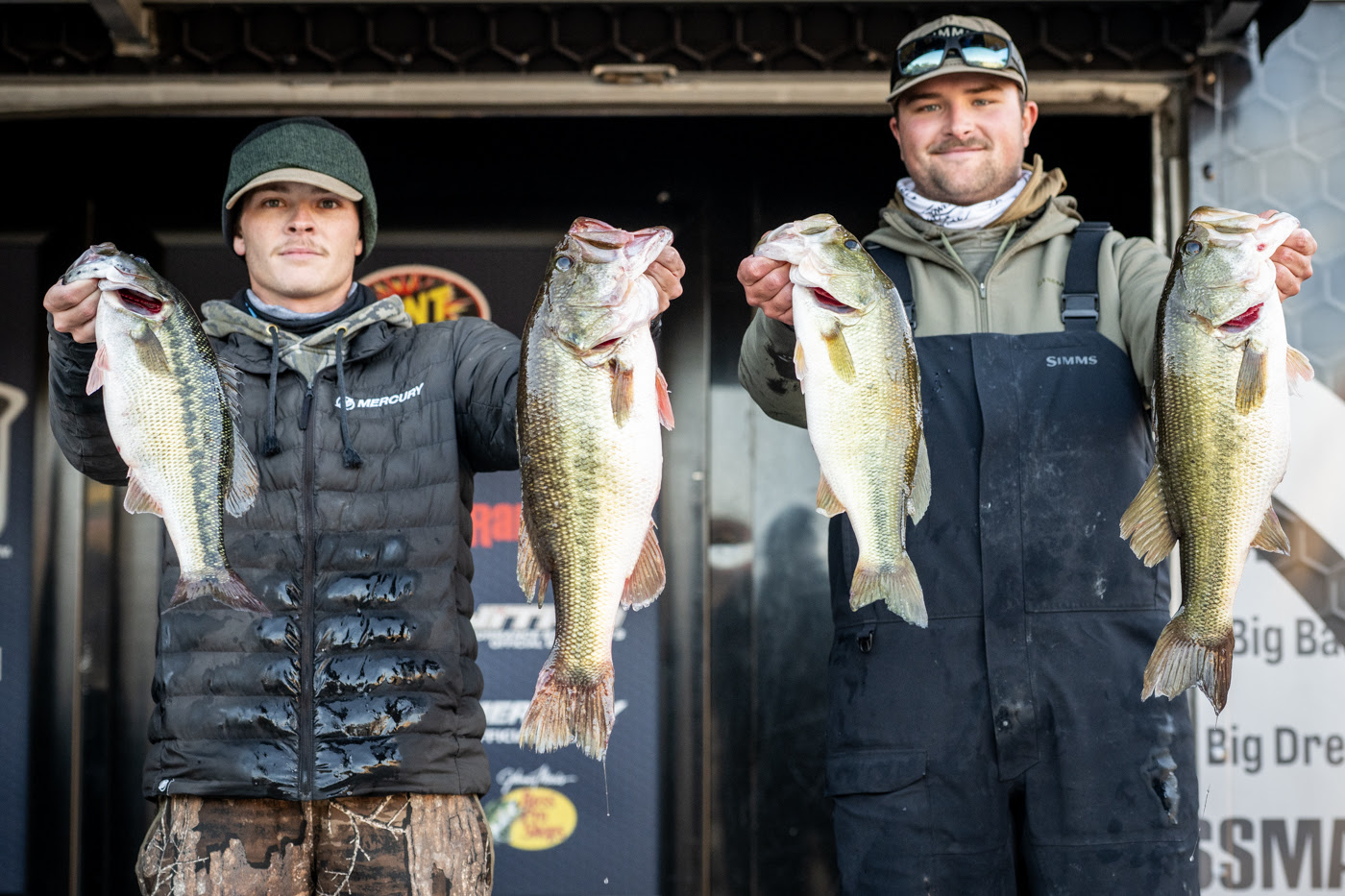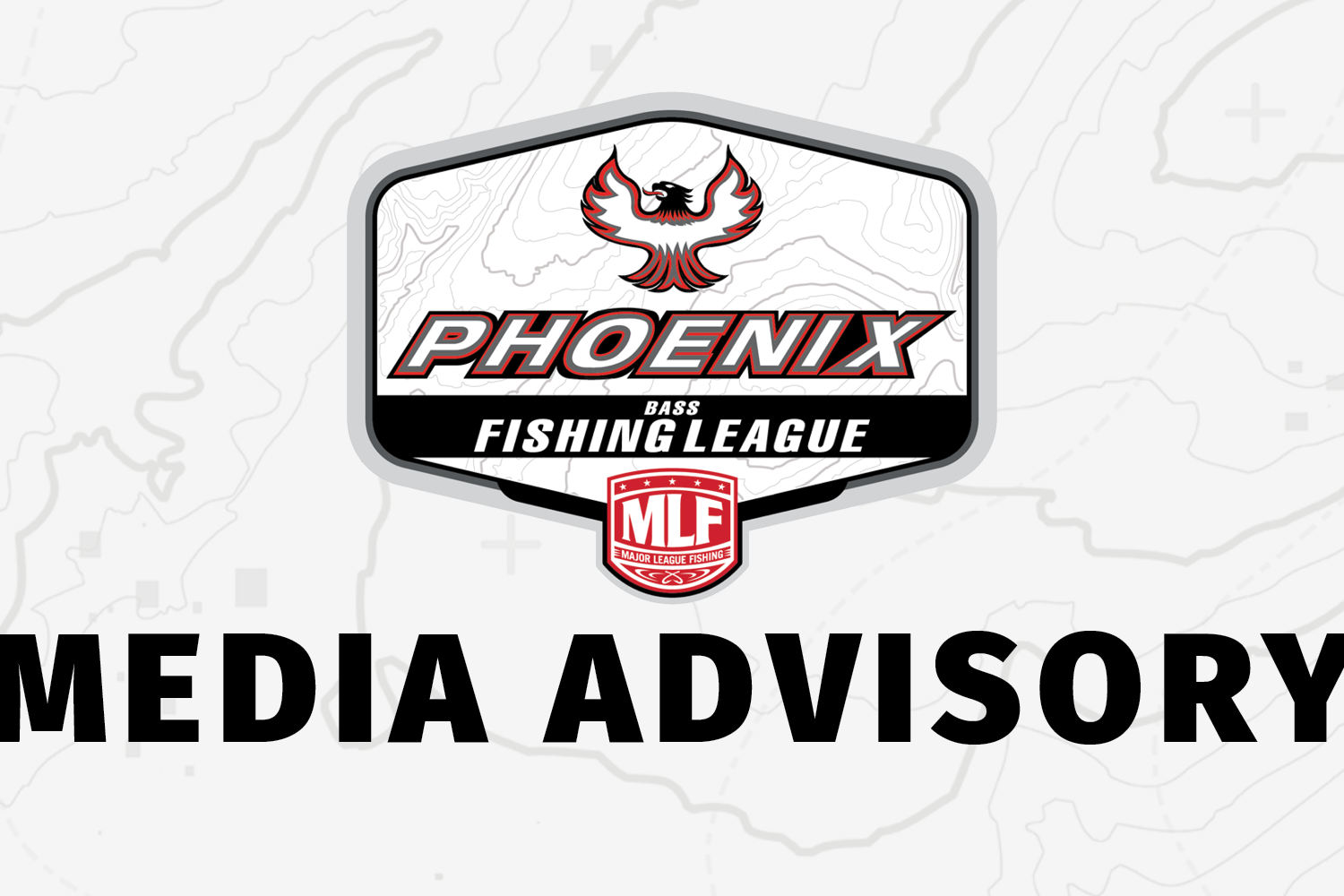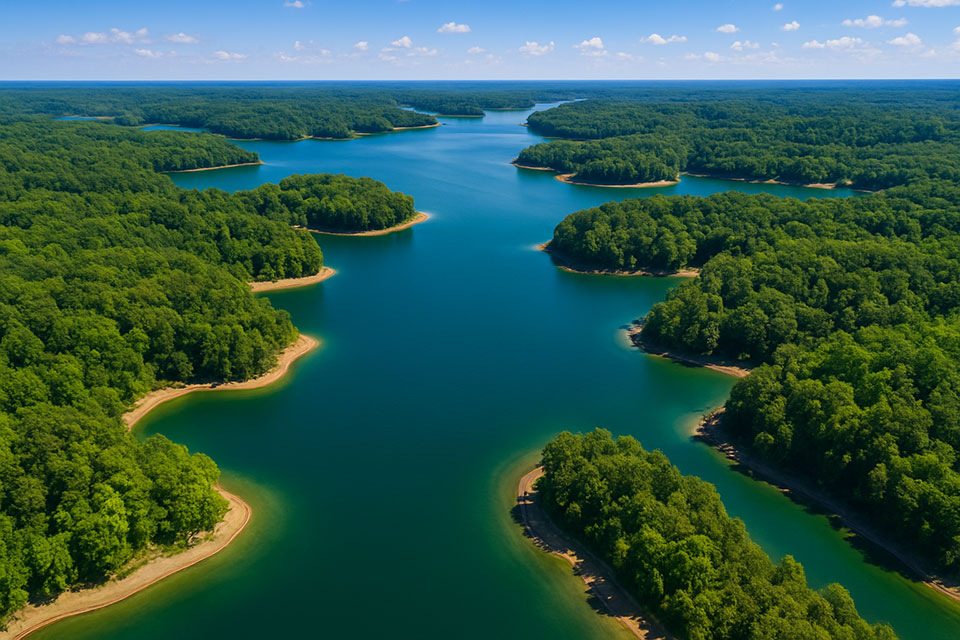Postmortem Exam of a Tournament Experience: Practice Makes Perfect?
By Vance McCullough, AC Insider
Photo Credits: Mark Cisneros/Bassmaster.com
Tread lightly when scouting before a tournament but be thorough enough to fully understand what your area has to offer. If you perfect this process, please tell me how.
As one who writes about the sport of tournament bass fishing, I have a unique opportunity to understand the strategies and thought processes that shape on-water success for many of the brightest stars in our sport. Some of the secrets they share don’t make it into print or on screen for various, lamentable, reasons.
I try to incorporate these lessons into stand alone bits of advice, most notably the Fish Tip Friday segments I post to AnglersChannel.com. After all, I do what I do because I love to fish and love (almost equally) to help others think about ways they can catch more fish too.
Occasionally, the writer gets to jump into tournament action. The lessons learned are experienced on a much deeper level than can ever be taught with words, but I try to pass along what I can.
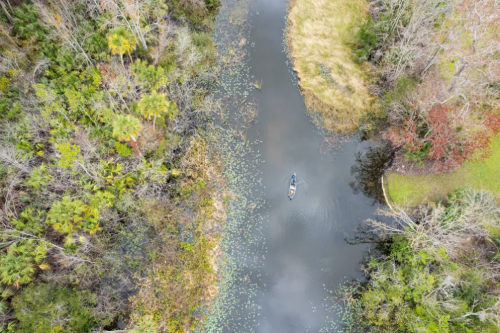
I fished the Bassmaster Kayak Series event on Florida’s Kissimmee Chain of Lakes this past weekend.
The 2-day tourney attracted anglers from dozens of states and Canada as well as a contingent from Puerto Rico, 224 of us in all. Thanks to Bassmaster’s BassmastHER initiative, the ladies showed up – and showed out! Becky Robinson of Maryland led the first day with 100.75 inches on her 5 longest fish.
Robinson reported that she caught a small limit in the pencil reeds before culling them with 20-inchers plucked from among lily pads.
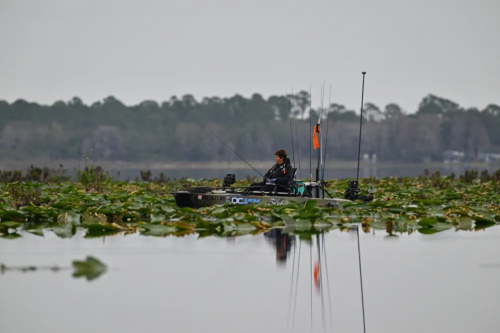
I fished an area on Lake Toho that had plentiful pads and just a few pencil reeds but that was covered in fields of hydrilla, some of which was matted, most of which grew to within inches of the surface. A few isolated acres had clumps of grass with open lanes that invited bladed jigs and spinnerbaits and held fat, healthy bass – some of the prettiest I’ve ever seen.
Among the chief reasons to fish hydrilla, if you can, is that many others cannot, or will not, make the arduous effort to constantly clean their fouled propellers. I burnt up a motor during my bass boating days. I know the pain involved. When fishing tournaments in Florida, the old saw holds that if you’re not around other fishermen, you’re not around fish. But any time I’ve scored well I’ve had a chunk of water to myself, so I prefer to go off and do my own thing, especially in an area that’s hard to access.
So it went in this event. I saw no more than one bass boat per day and none stayed for nearly an hour. As kayakers have added pedal drives and trolling motors, I figured the thick hydrilla would keep many of them out of the area too. I was right. I never saw more than one other kayak any given day and I practiced 3 days, competed for 2.
I had the place to myself. I covered miles of it – with a paddle, sometimes saying words I shouldn’t have. As immense as the fishing grounds were, I still tread lightly, never attempting to catch more than a couple fish in any single spot. I also didn’t quite dial-in the big bite, figuring I would sort though the numbers to find them during tournament hours.
I found two spawning flats within a mile, either direction, of the launch. I concentrated on the nearshore, inside hydrilla edge in these areas. In practice the fish in this zone were running 18-to-19 inches while those up on the flats were just smaller bucks. I could visually scan the clear shallows without hooking fish which is a big deal to me because I never want to be the guy who ‘won practice’ but beat his area up before it counted. I flipped shallow cover to see if big females might be hiding near the fresh beds. No luck. Even the bucks were spooky and not at all territorial yet. Patchy hydrilla offshore, but close to it, was the target for me. It did produce back-to-back limits. I would eventually finish in 55th place.
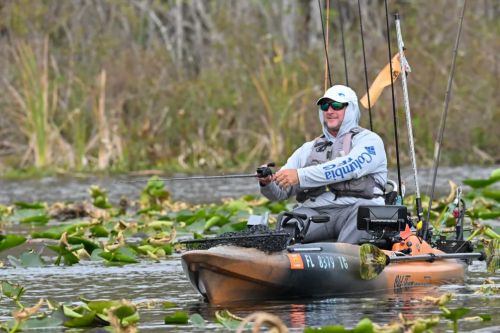
I firmly believe too many anglers have no clear objective for practice other than riding around and sore mouthing fish and then spending the tournament rounds in those areas where they caught the most fish which, logically, is now the last place you should expect to win a tournament.
The art of tournament practice is tricky. Less is often more. Having the confidence to merely scratch the tip of the proverbial iceberg and bet on what lies beneath can lead you to the winner’s circle. Adjustments made during competition are the ones that lead to victory anyway, so don’t pound the waters too hard beforehand.
To protect the feelings of the foolish, I’ll not name names or locations, but I spoke with a top competitor who picked a good piece of water, went easy on it during practice, and got off to a decent start only to find the bite getting tougher as the tourney wore on even though he hit fresh spots each day. “I talked with several people who also launched there they all said they caught them good in practice and then wondered what happened to the fish during the tournament,” shared the angler, a tone of disbelief in his voice.
I followed the same basic approach as eventual champion Sherman Bishop did, throwing bladed jigs along inside grass lines, though he did so on a smaller lake nearby that doesn’t get the pressure of our larger, more famous tournament lakes. Smart move on his part.
Oh, and he stated to Andrew Canulette at Bassmaster, “. . . I saw what I needed to see,” during a single practice visit to the lake. And then he got out of there. Having the confidence to know what he had found and, more importantly, to leave it alone until it mattered was a decision that led him to a dominating win of over 5 inches against a huge field of anglers who caught thousands of bass over the two days.
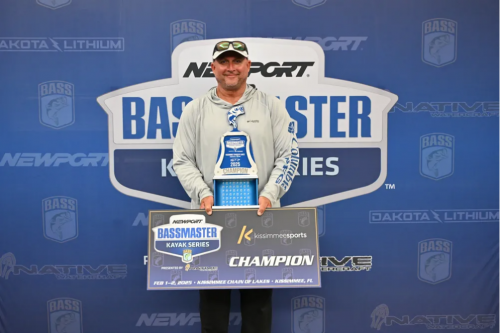
For his exploits, Bishop won a blue trophy and over $11,000 in prize money.
And we all got another reminder of how important it is to accurately assess the value of an area without wearing it out during practice.
